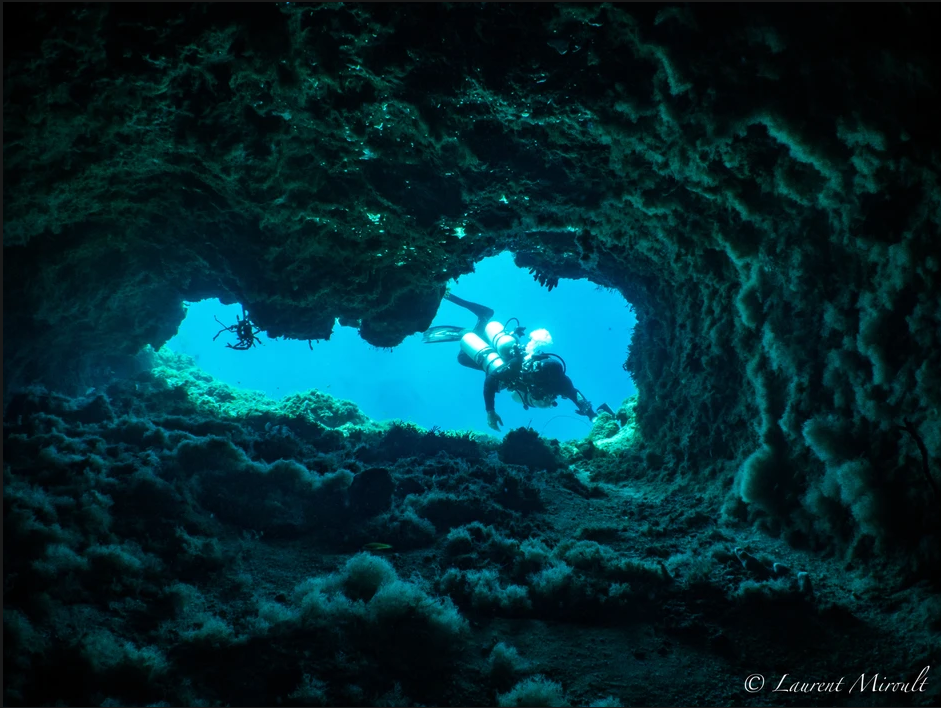
Another well known cave is Chankanaab, with its main opening located on the shoreline inside the Chankanaab National Park. The cave is known to cave divers as Cueva Quebrada. It was also first explored back in the 1980s and 90s. At that time explorers found and lined about 29,000 feet/6100 meters of passages.
In 2011, Rob Neto made his first trip to the island. During this visit he was given the opportunity to dive a cave that he did not know would eventually become a part of the Cueva Quebrada cave system. This cave was called Dos Coronas at that time. You can read all about Rob’s adventures in Dos Coronas and how he came to connect it to Cueva Quebrada in his upcoming book, Beneath the Jungle of Cozumel – Connecting the Crowns. It will be available in October 2024.
Rob fell in love with the caves of Cozumel and quickly returned in 2012 with a small group to continue exploration efforts. During this trip he continued to explore Dos Coronas and added more than 2000 feet/600 meters of line to the cave. Rob continued to travel to Cozumel to dive and explore Dos Coronas, as well as other caves on the island.
In 2013, he brought about 3000 feet/900 meters of gold line to donated to German Yanez for use in Cueva Quebrada. Little did he know this would result in a big break for his explorations. While assisting German with replacing old broken cave line near a couple of cenotes in Cueva Quebrada, Rob noticed they were diving in very close proximity to the Dos Coronas cave system. On the way out Rob took a quick survey of the knotted gold line they had just placed in the passage. He then overlaid the map using the coordinates of the cenotes. The passages of both caves came very close to each other. Rob became very excited over this and began focusing his efforts on areas of Dos Coronas where it came closest to Cueva Quebrada.
During a trip later that year he did a few more dives in Cueva Quebrada to survey it and get more data to add to his maps. It took a few more trips, but in 2014 Rob was finally able to connect Dos Coronas to Cueva Quebrada through a small, bottle off restriction that joined two levels of the caves. Cueva Quebrada had just jumped form 29,000 feet of lined passage to over 37,000 feet/11,000 meters of lined passage.
Rob continued to visit Cozumel and explore more of what was now the Dos Coronas section of Cueva Quebrada. He reached out to some of the original explorers to try to get the original survey data but no one seemed to have it. Rob set out to resurvey Cueva Quebrada to create his own map. In doing so he has replaced most of the line in the system as what was there was more than 25 years old and much of it had deteriorated.
During his resurvey efforts, Rob discovered new leads. One such lead took him into a section he has named Escondido (Spanish for hidden). Rob found this passage through a sidemount restriction, which explained why the original explorers, who were diving backmount, hadn’t found it. Over the next couple of years, Rob and his team were able to explore more than 30,000 feet/9000 meters of virgin passages. This brought the total length of lined passages in Cueva Quebrada to more than 85,000 feet/26,000 meters. You’ll be able to read more about Rob’s discovery and exploration of this section in the second book in his series, Beneath the Jungle of Cozumel – Hidden Passages, available in 2025.
